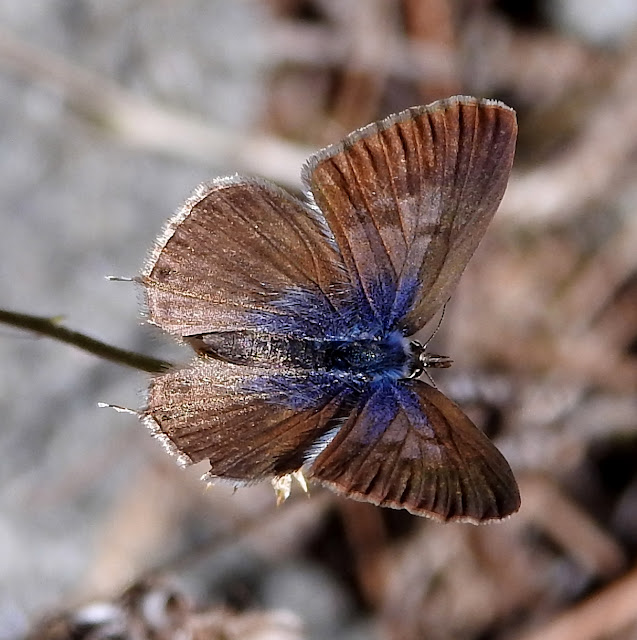This Blog contains Wildlife, Plants and Bird Photos from Walks, Safaris, Birding Trips and Vacations. Most of the pictures have been taken with my Nikon P900 and P950X cameras. Just click on any image for a larger picture. On the right column under the Blog Archive are the entries by date. Below that under Animal categories all the diffent species of Animals, Birds, Insects and Plants contained in the website are listed. Clicking on any entry will show all the entries for that species.
TOTAL PAGEVIEWS
2071481
TRANSLATE
Thursday, 17 February 2022
Wednesday, 16 February 2022
Tuesday, 15 February 2022
4-6-2019 LINYANTI CAMP, BOTSWANA - AFRICAN HOOPOE (Upupa epops ssp. africana)
The African hoopoe is widely distributed throughout southern Africa from Central Democratic Republic of Congo across to central Kenya and all the way south to the Cape of Good Hope. A list of countries where the African hoopoe is commonly seen is as follows: South Africa, Lesotho, Eswatini, Namibia, Botswana, Zimbabwe, Mozambique, Angola, Zambia, Malawi, Tanzania, Kenya and the southern half of the Democratic Republic of the Congo. Unlike the Eurasian hoopoe that often migrates, the African hoopoe is usually resident but may make short-distance movements.
The species prefers open and bushy areas, including thornveld, a landscape with mostly thorny bush and trees, and riverine woodlands in dry areas. It inhabits broadleaf forests and savannah
African hoopoes eat mainly insects. These include Coleoptera, which are beetles, Dermaptera (earwigs) and Orthoptera, grasshoppers, locusts and crickets. Besides these, small reptiles have been found to be fed to chicks as well as worms, slugs, and small snakes. Small seeds and berries may even be eaten. To find the insects, the African Hoopoe uses its long beak to penetrate the soil and then may whack the insect or prey onto the ground to break it up into smaller pieces. They prefer to do this in shorter grass. Unlike the rest of the year, African hoopoes maintain a specific territory throughout the breeding season in which they feed.
6-4-2019 LINYANTI, BOTSWANA - ZAMBESI CRESTED BARBET (Trachyphonus vaillantii ssp. nobilis)
They nest in a hole in a tree or a log in a suburban garden. They are monogamous and territorial during breeding. Territory size varies according to their habitat. One to five eggs are laid at daily intervals between September and December. Incubation lasts between 13 and 17 days, beginning with the second or third egg and mainly by the female. The young hatch naked and blind. They are fed insects by both parents. Faecal material is removed regularly. They fledge after about 31 days. Up to five broods have been recorded in a breeding season.
They are found singly or in pairs. They like to bounce around on the ground looking for food, they usually call from a branch out in the open. They do not fly easily and then only for short distances. Crested barbets roost in holes in trees. They are very vocal, the call being a trill that can continue for long periods. Crested barbets are aggressive towards other birds in their territory and chase off both nest competitors such as other barbets and other birds such as doves and thrushes. They have also been recorded to have attacked rats and killed snakes.
4-6-2019 LINYANTI CAMP, BOTSWANA - CHOBE GREEN PIGEON (Treron calvus ssp. schalowi)
The Chobe green pigeon (Treron calvus) is a species of bird in the family Columbidae, and one of 5 green pigeon species in the Afrotropics. The species has a wide range in Sub-Saharan Africa with around 17 accepted races.
4-6-2019 LINYANTI CAMP, BOTSWANA - AFRICAN RED EYED BULBUL (Pycnonotus nigricans) 10
The African red-eyed bulbul or black-fronted bulbul (Pycnonotus nigricans) is a species of songbird in the family Pycnonotidae. It is found in south-western Africa. Its natural habitats are dry savanna, subtropical or tropical dry shrubland, and riverine scrub. It feeds on fruit (including Ficus), flowers, nectar, and insects.
Monday, 14 February 2022
Sunday, 13 February 2022
Subscribe to:
Posts (Atom)

















































